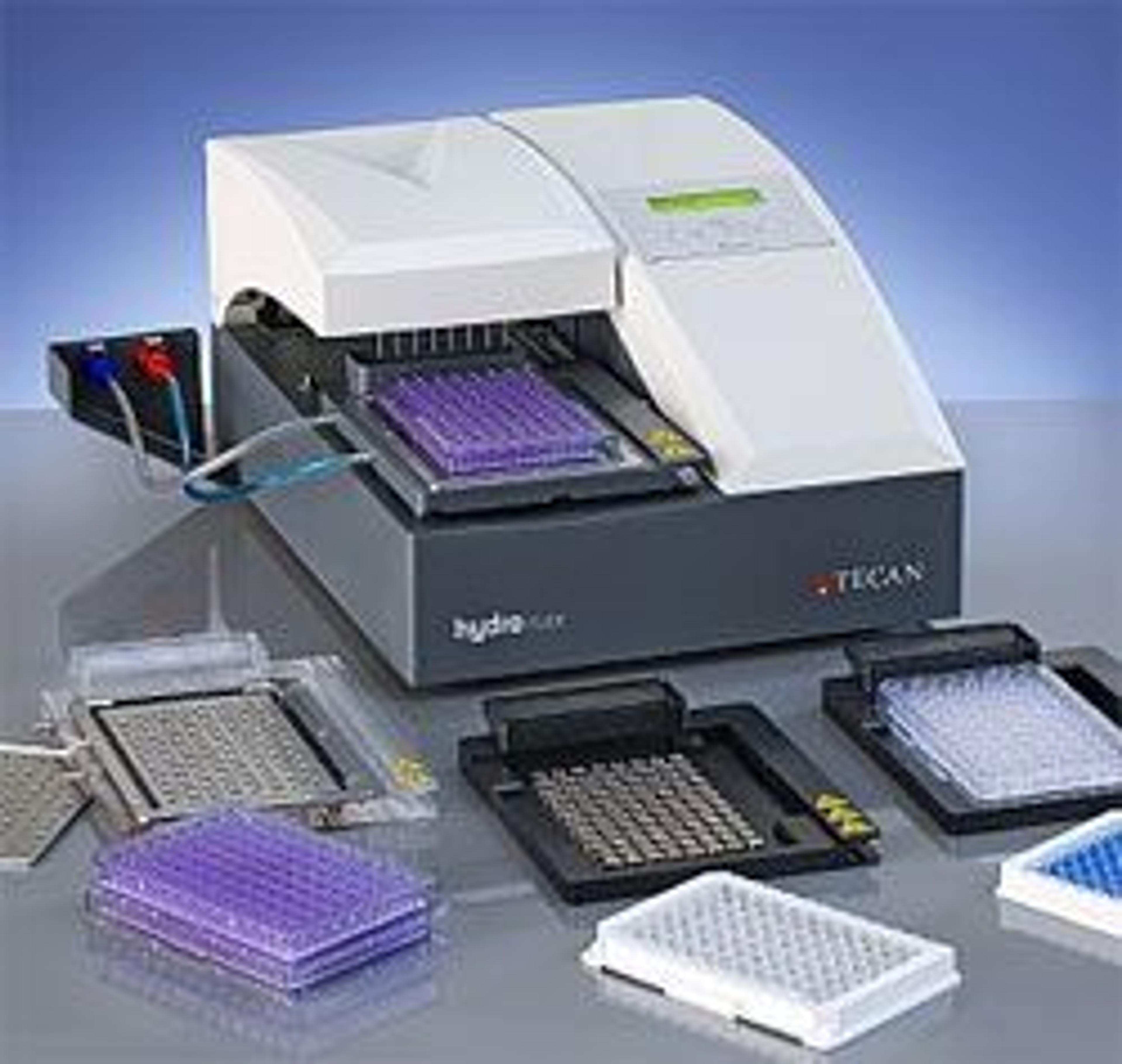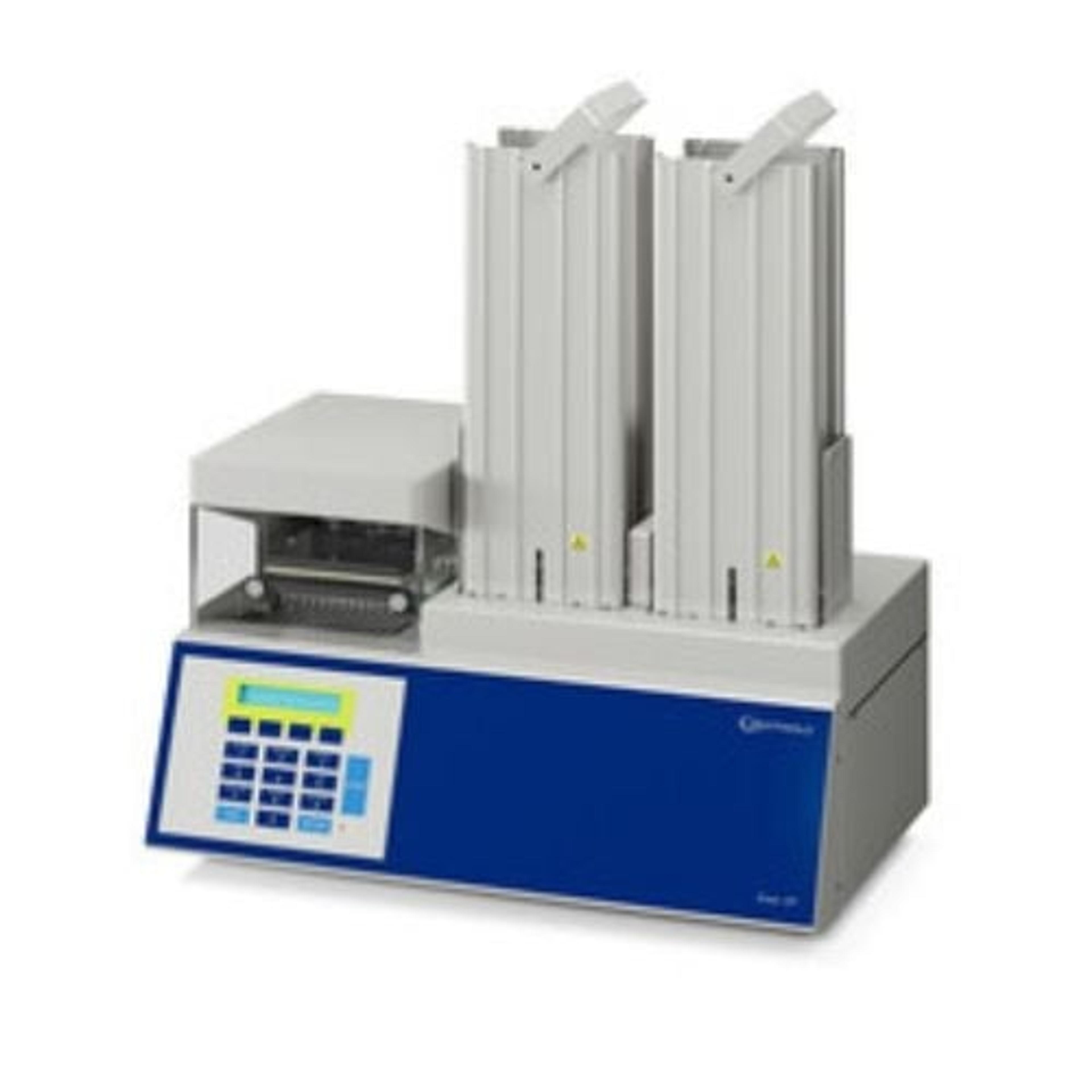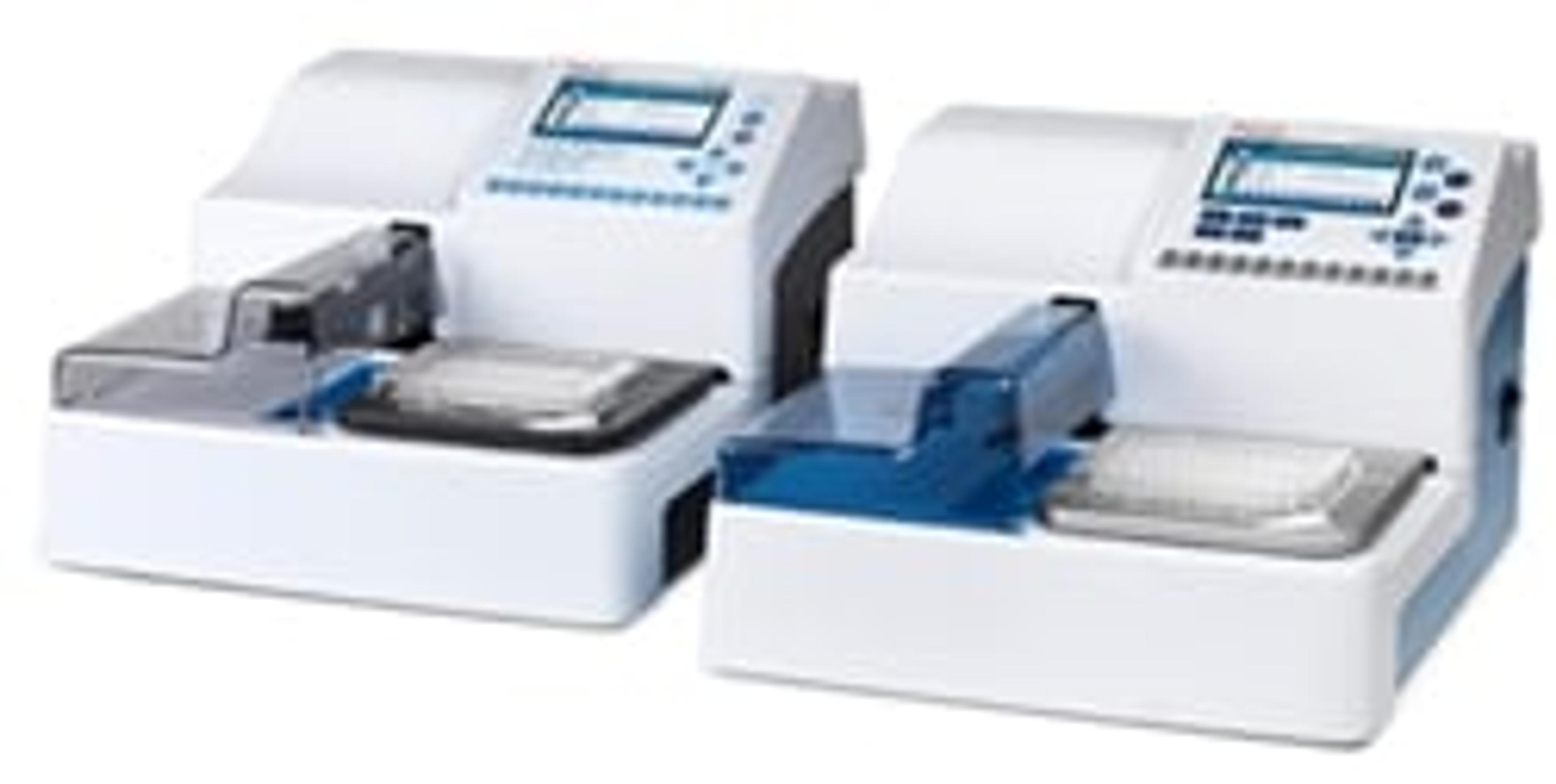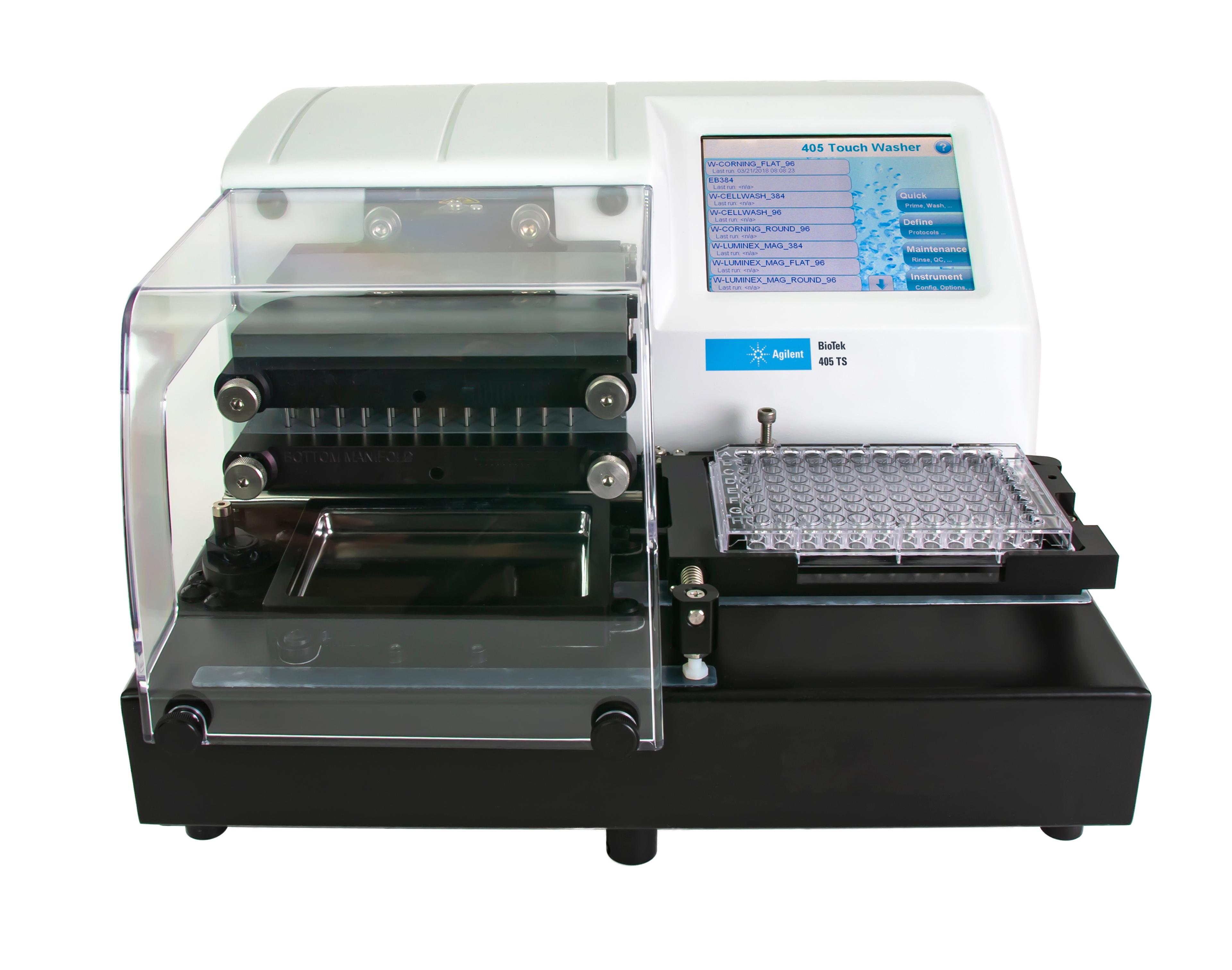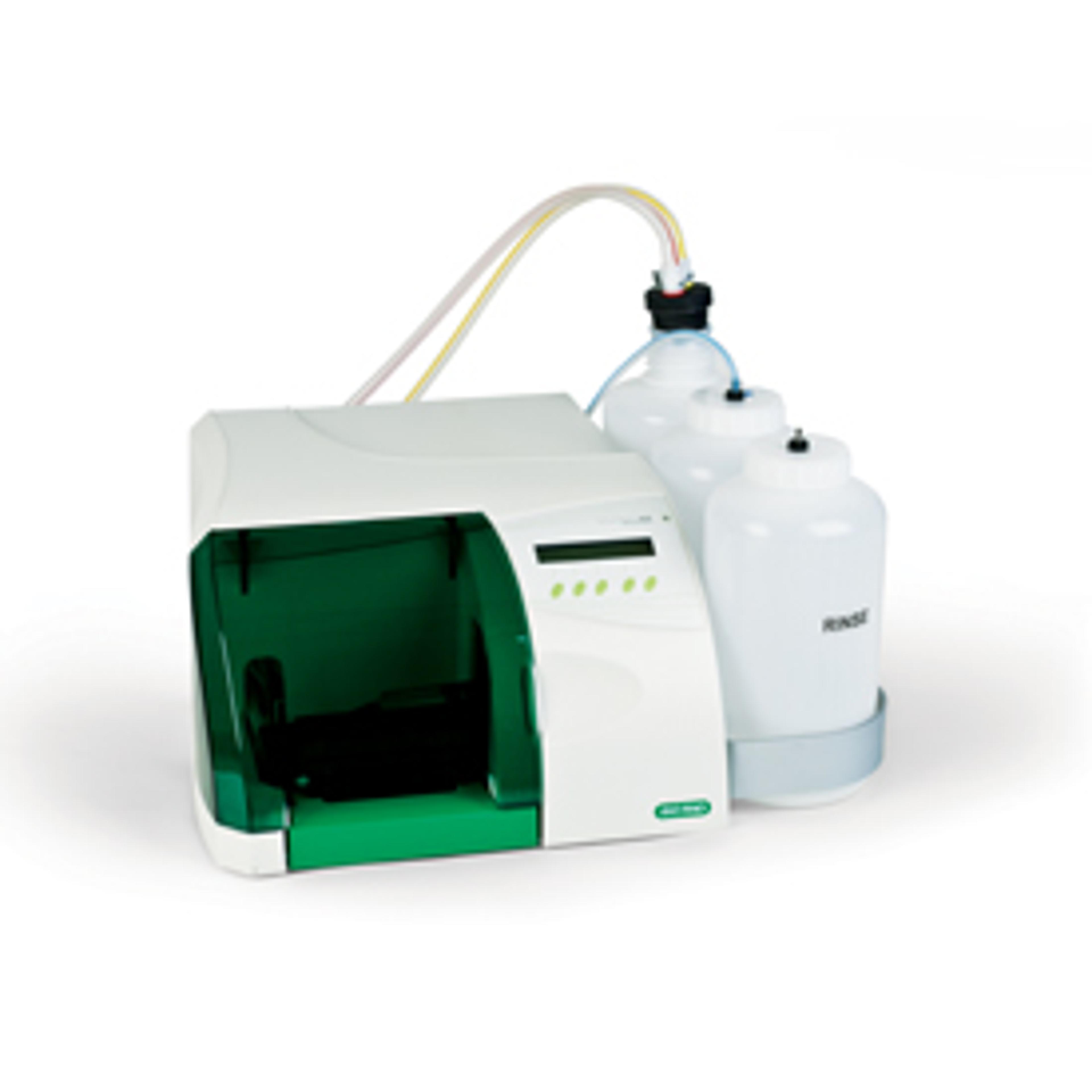How Choosing the Right Microplate Washer Can Improve Assay Performance
13 Apr 2015When performing microplate assays, it is essential to remove excess reagent from the plates in order to prevent high levels of background. The addition and aspiration of wash buffer should be carried out using a microplate washer to ensure precision and rapid processing. If you are looking for a new microplate washer, there are many factors to consider. In this article, discover microplate washer-based technologies that can improve your assay efficiency and reduce costs for your lab. The instruments featured in this article combine a number of these capabilities, so click on the links below to find out more information about the products featured and whether they are suitable for your specific application.
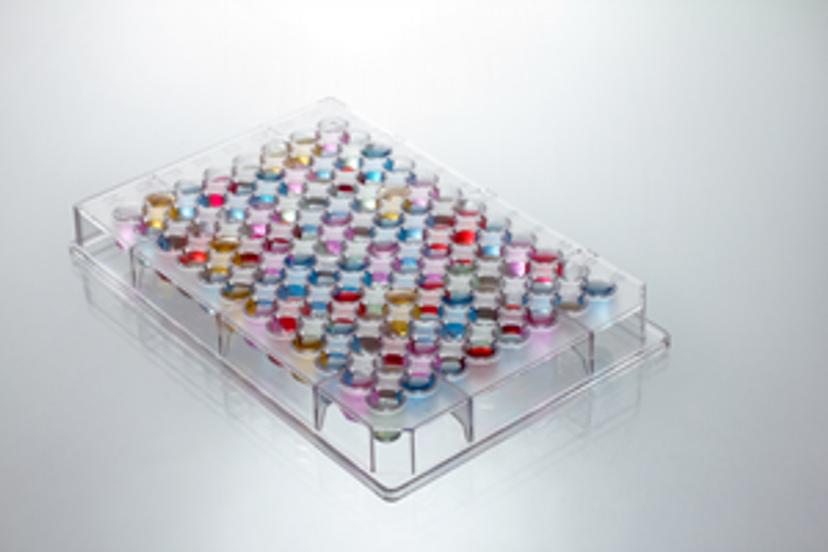
High Throughput Compatibility
If your lab processes a large number of samples and requires a constant flow rate, high speed is an important factor to consider when choosing a microplate washer. The Zoom HT from Titertek-Berthold comes with a built-in microplate stacker and a self-emptying vacuum system to allow a fluid workflow. The instrument operates at high speed to increase the number of plates that can be washed in preparation for further processing.
Angled Dispensing
Instruments with angled or adjustable dispensing pins, such as the Aquamax® 4000 from Molecular Devices and the Immunowash from Bio-Rad, allow wells to be washed without disrupting the cell layer. The stream of wash buffer can be directed at the wall of the well rather than towards the cells themselves, resulting in a much gentler wash and ensuring higher cell retention.
Dispensing/Aspiration Rates
As well as altering the angle of dispensing, some microplate washers will have the capability to vary the rate of dispensing and aspiration to protect even weakly adherent cells. Tecan’s HydroFlex™ Microplate Washer has a number of dispensing rate options, including a gentle drop-wise dispense mode, which provides the flexibility to create complex washing protocols for numerous applications, such as assays using magnetic beads.
Liquid Level Sensors
Some microplate washers such as the Thermo Scientific Wellwash have sensors to detect levels of liquid in the wash and waste bottles. This feature is particularly useful for labs using their microplate washers on a very regular basis; it will prevent plates from passing through the instrument with some wells unwashed by alerting the user before the wash solution runs out. It is also an important safety feature, preventing leakage and spills from the waste bottle.
Ultrasonic Advantage™
Routine maintenance of your microplate washer can be simplified by the built-in ultrasonic cleaner offered by the 405™ Touch Microplate Washer from BioTek. This self-cleaning technology improves the reliability of the instrument, and it saves time and money by reducing maintenance needs in comparison to other microplate washers.

